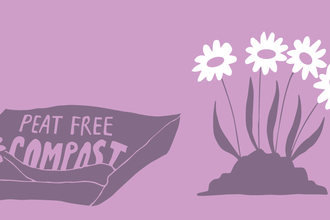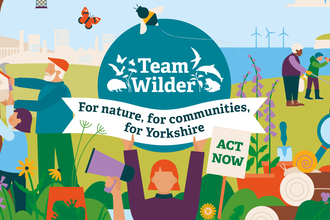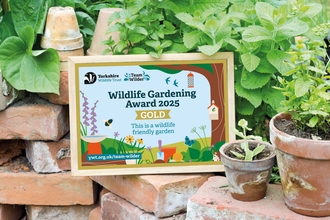Spring has sprung, and for budding gardeners that means it’s time to start planning for the year ahead. This year, Yorkshire Wildlife Trust are encouraging gardeners of plots big and small across Yorkshire to consider their local wildlife in their plans. Over the next month, we’ll focus on a different area of wildlife gardening that will make a big difference to your local wildlife, whilst still giving you space to grow your prize-winning tomatoes!
This week we’re looking at shelter…
Wild
Providing safe hidey holes in your garden can be very straightforward indeed – even if you don’t have much space! Something as simple as leaving a pile of stones, deadwood or logs undisturbed in a quiet corner can provide vital habitat for insects, as well as a convenient buffet for frog, birds, and hedgehogs.
Alternatively, why not make room for a tangle? A tangle is just a wild corner where brambles, nettles, thistles and dock have been left to thrive, providing shelter for a range of insects and small mammals, breeding space for creatures like butterflies and a food source too.






